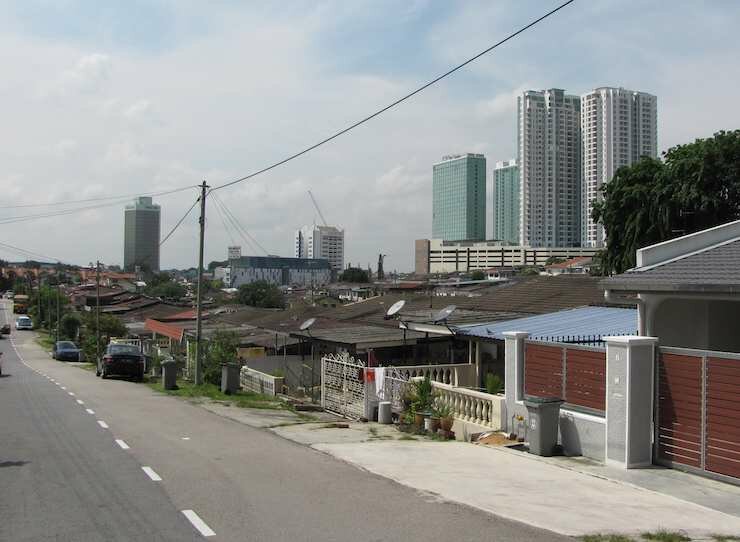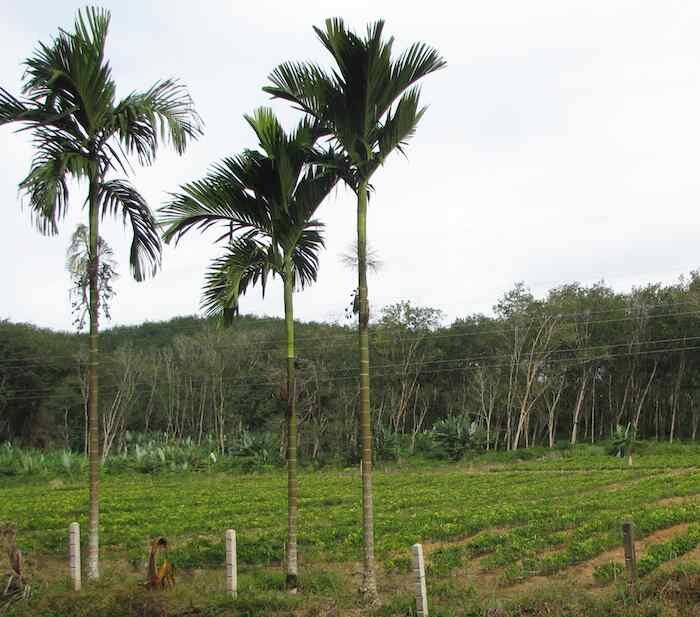One of the major projects in Iskandar, Malaysia is Pinewood Studios (an Asian venture by the famous London studios). This post is a bit different from our normal focus but it shows the efforts to build up several economic engines to power Iskandar are making progress.
Education and health care are also moving forward nicely and construction of luxury housing is booming – though too much so in my opinion. Shopping outlets, including the ever growing Johor Premium Outlets is another area that has been helping the Johor region economy – with many visitors from Singapore, China and elsewhere. And theme parks have been another area that is doing well, with more planned.
Netfix is also booming. It seems like just 3 years ago they started to dip into producing their own shows and now it seems like then have tens of shows in production around the world.
Sadly Netfix is not available in Malaysia. It is somewhat funny that people where the show is made can’t see it. Maybe the Iskandar folks can work with Netflix to add Malaysia to the countries Netflix offers its services to subscribers.
Here is a Preview of the Marco Polo Series:
Shooting for the series also took place in Italy and Kazakistan. The project started with a plan for showing on the Starz network with filming in China, but things fell through and Netflix and Malaysia entered the picture.
‘Marco Polo’ brings the court of Kublai Khan to Netflix
Here on a new 50-acre studio built on recently cleared jungle, a crew of about 400 has spent months conjuring Kublai Khan’s 13th-century capital. Carpenters and plasterers are piecing together the royal quarters, including a lavish golden throne room, a dungeon and a wood-paneled dojo. Painters are decorating a multi-bed pleasure chamber replete with a hot tub fed by elephant-head fountains.
…
“It’s a giant adventure. The only thing on TV that matches it, production-scale wise, is ‘Game of Thrones,'” said Harvey Weinstein, whose Weinstein Co. is producing the series.
Netflix hasn’t expanded into Asia yet (as a streaming service) but they license their shows to networks in Asia to be distributed over regular TV (premium cable TV usually). But why not make Malaysia the first country in Asia to have Netflix? Actually my guess would be on Singapore and Hong Kong in the first wave with several countries, maybe including Malaysia.
Related: The Weinstein Company sets camp in Malaysia – Iskandar Housing Real Estate Investment Considerations – Netflix Series ‘Marco Polo’ Shot in Kazakhstan to Premiere in December – The Potential of Iskandar is Very High but Investing in Iskandar is Not Without Risks

